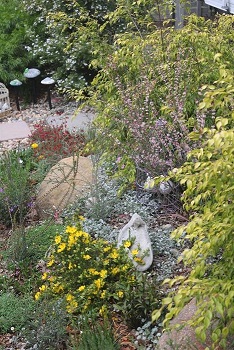 Advance Your Permaculture Knowledge
Advance Your Permaculture Knowledge
This course is a natural progression from Permaculture 1, but can taken separately in its own right. It concentrates on the plants in a permaculture system, how they relate to each other and to the surrounding environment; and selection and placement of different varieties within a permaculture design. This course deals with preparing plans for different types of permaculture gardens, and its duration is approximately 100 hours.